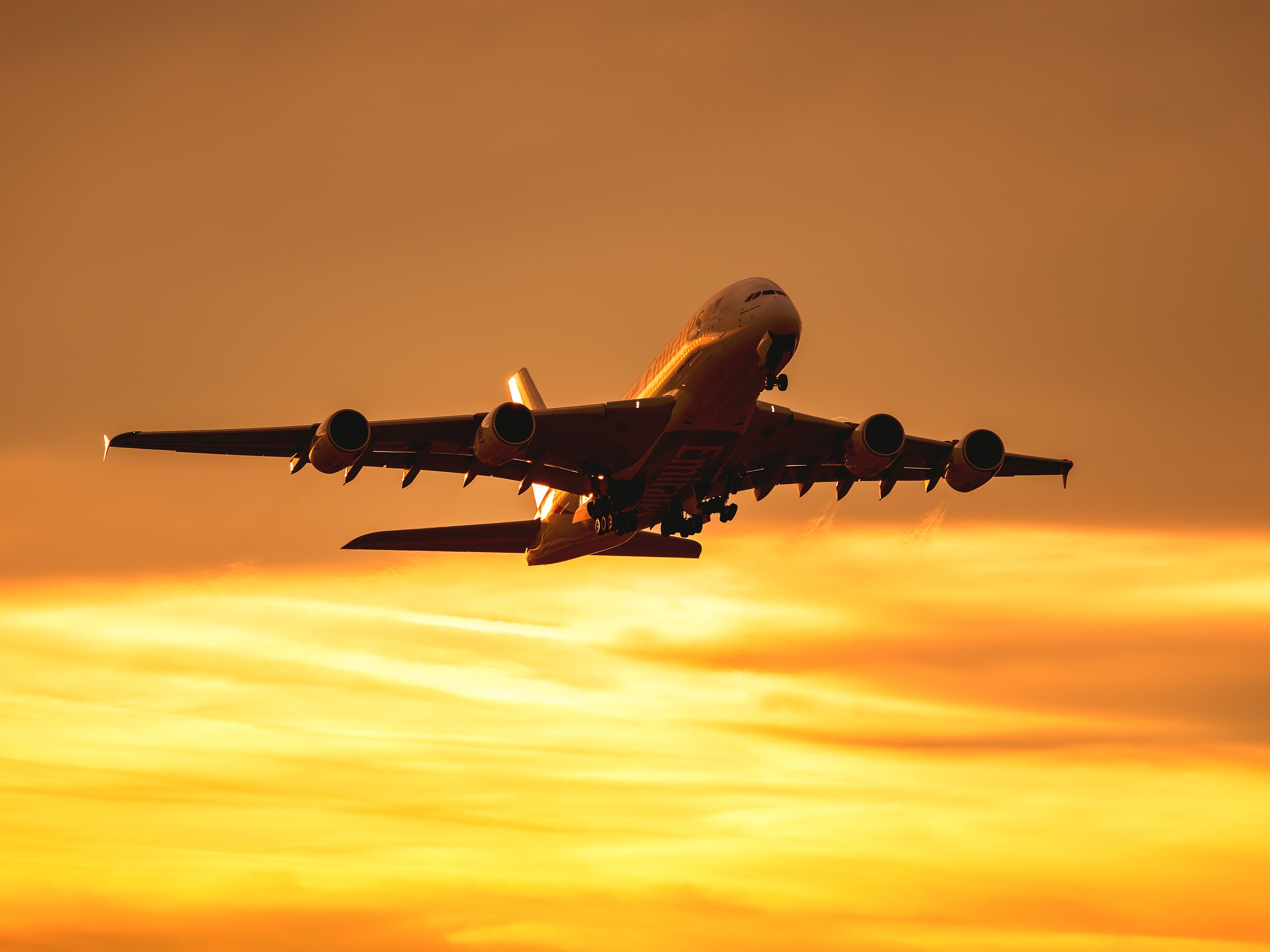Safety is the priority for aircraft manufacturers and airlines across the globe. Indeed, you will notice when flying that many airlines' safety demonstrations remind pilots that, while cabin crew are present to ensure the comfort of those onboard, safety is their primary responsibility. Flying is safe in comparison to many other forms of transport, but accidents do happen, although some aircraft are safer than others.
Fatal incidents
The aviation industry has transformed significantly over the years. Before the advent of the jet age and modern turboprops, accidents were more regular amid the lack of regulation and developing technology. With this in mind, we've taken a look at the safest airliners utilizing data from 1970 onward. Additionally, the data runs to 2019 and only considers aircraft that have had at least 50 production units.
When looking at the number of fatalities recorded by the Aviation Safety Network on one single aircraft type, the Boeing 747 stands out among the rest, with nearly 3,000 deaths. The jumbo has been in service since 1970, and over 1,500 units have been produced. The plane is followed by another notable widebody jetliner, namely the Airbus A300. This European design has racked up over 1,000 fatalities.
Want answers to more key questions in aviation? Check out the rest of our guides here!
Of course, it is important to note that many of the accidents that caused this high number of deaths weren't necessarily caused by factors directly related to the safety of the aircraft. For instance, the Tenerife airport disaster on March 27th, 1977, which saw two 747s collide and 583 fatalities, was due to human mistakes.
Nonetheless, at first glance, we can see that aircraft built by the likes of Bombardier, ATR, and Embraer have far fewer fatalities than the powerhouses of Boeing and Airbus. Of course, these manufacturers do produce smaller aircraft.
Additional aspects
To get a clearer picture of the safety of aircraft, factors such as their service time and the number of seats that they have onboard need to be taken into account. Therefore, turbli has used a metric that takes the number of fatalities divided by the number of seats and service time. Thus, the fatal accident rate is as follows:
Given the events of recent years, it is perhaps unsurprising to see that the recently introduced Boeing 737 MAX 8 has the highest rate. Nonetheless, the aircraft's subsequent grounding, tests, fixes, and lengthy recertification process should see its rate come down substantially in the coming years. The Sukhoi Superjet 100 is another plane that has seen fatal crashes after its recent introduction.
When looking at veteran types, the turboprop DHC-7, DHC-8-100, ATR 42, and ATR 72 have somewhat high accident rates. Meanwhile, many members of the Airbus A320 and Boeing 737 families have had low fatal accident records. It is worth remembering that the data will not have taken some of the more recent accidents into account, although the bigger picture would likely remain similar.
Hull losses and case studies
Modern flagships such as the Boeing 787 'Dreamliner' and the Airbus A350 are yet to experience an aircraft being damaged beyond repair. The same can be said for several other new models. However, particularly high praise should be given to older aircraft, such as Boeing's 737-600 and 737-900 models, that have never had a hull loss, despite having been in service since the turn of the century.
When comparing fatality and hull loss factors, Brazilian manufacturer Embraer's rates are low across the board. The Embraer ERJ series has had more than 1,200 units built, and few hull losses since entering service in April 1997. Therefore, the ERJ135/140/145 members of the family are among the safest airliners in history.
The Airbus A340 is also one of the safest, with no fatal accidents involving any of the 380 units since its introduction in March 1993. Hull losses involving the type have also been a rarity, with one of the most notable examples involving a pre-delivery A340-600 that crashed into a wall during ground tests back in 2007.
All in all, when it comes to Airbus designs, models such as the A220, A319neo, A320neo, A321neo, A340, A350, and A380 have a clean record. Simple Flying took a look at why the A380 has such a good safety record last year. While no passengers have died onboard an A320neo, two airport firefighters did perish in Lima, Peru last year when their vehicle collided with a departing LATAM A320neo.
Meanwhile, on Boeing's side, airliners including the 717, 747-8, and 787 have clean flight records. Overall, commercial aviation is an incredibly safe way to get around, and safety is an area that is always being worked on to ensure this.
What are your thoughts about the safest airliners in history? What do you make of the current situation when it comes to aircraft safety? Let us know what you think in the comment section.
Sources: Aviation Safety Network, turbli





